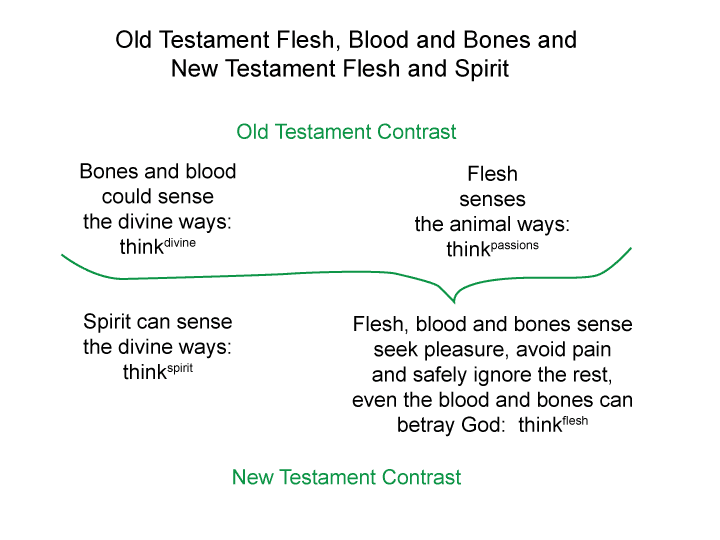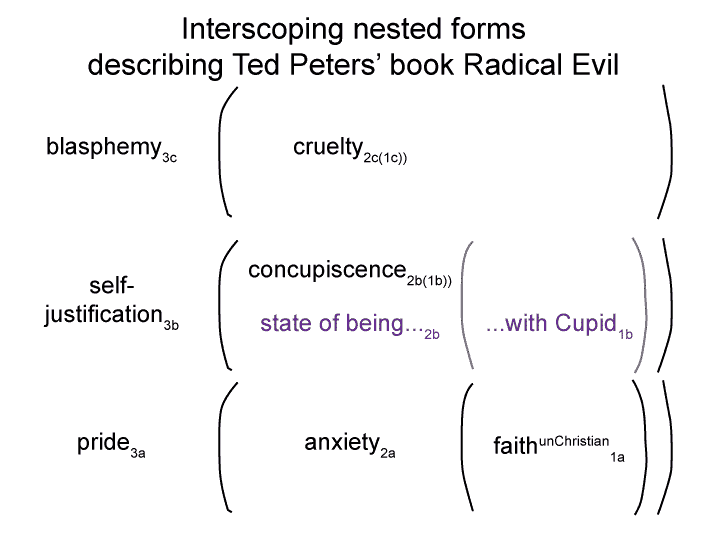Man and Sin by Piet Schoonenberg (1964) 2.3 AR
[May I apply that metaphor to human society?
I can imagine a thinkpro-object that tells the person that powerful figures of the sovereign religion are the bones. The sovereign scaffolds a weak and fleshy people. The bones are the sovereign support of society.
I can imagine a thinkpro-object that tells the person that powerful figures of the sovereign religion are the blood. The sovereign balances the passions (heat) and fears (coolness) of the subjects. The blood is the sovereign working in society.]


